|
Back on February 2nd, VMware announced two new products, VMware NSX for vSphere 6.3 and VMware NSX-T 1.1, and the adoption rate has reached new heights for VMware, as Chief Executive Pat Gelsinger mentioned in the Q4 2016 earnings that NSX is on track to bring in $1 Billion in revenue this year. That is impressive especially if you take into account the initial slow adoption rate of NSX. The customer focused demand for tighter security in the data center with NSX and Micro-Segmentation, Automating IT provisioning while increasing efficiency, and Application Continuity is helping to drive the success of NSX into corporate IT. So what is NSX anyway? As I mentioned in a previous blog, NSX is an innovative approach to solving long-standing network provisioning bottlenecks within the data center, and it allows for the integration of switching, routing and upper-layer services into an integrated application and network orchestration platform. With an overlay solution that may not require hardware upgrades, NSX offers customers a potentially quicker way of taking advantage of SDN capabilities by decoupling the network from hardware into a software abstraction layer allowing the end-user to programmatically create, provision and manage networks. Let's take a look at what's new in version 6.3. You can see the announcement from VMware here. Security: VMware is bringing some new capabilities to security in NSX with Application Rule Manager, available in NSX Advanced and Enterprise editions. Application Rule Manager is responsible for the creation of security groups and firewalls for applications based on network traffic flows which is a sequence of packets from a source computer to a destination, which may be another host, a multicast group, or a broadcast domain. This along with Endpoint monitoring, available in NSX Enterprise, enables you to set profiles for applications inside the guest OS. This gives you end-to-end visibility into applications while simplifying the profile creations. It is good to note that for security certification and requirements:
Here are a few other updates in NSX 6.3:
Automation: Software Defined Networking with NSX rounds off the Software Defined Data Center vision of VMware, bringing the ability to automate the provisioning of what once was, very manual physical networks, and the security of them. VMware continues to enhance the integration of NSX Load Balancers with vRealize Automation and offer support for third-party IP Address Management (IPAM) systems. VMware has also enhanced the integration with NSX for vSphere and vCloud Director. These new enhancements will enable new multi-tenant capabilities for our vCloud Air Network partners. Some other new features found in Automation for 6.3:
Application Continuity: As the adoption of NSX increases VMware is seeing more and more uses cases around Active-Active data center architectures utilizing the network overlay capabilities of NSX allowing for true workload mobility while maintaining ip addresses and consistent security policies across data centers. New enhancements in security tagging while simplifying security policy management across multiple data centers will help to ensure a consistent and reliable virtual network in a multi-vCenter deployment. In NSX 6.3 there is also a new ROBO SKU introduced which allows you to take advantage of all these features in a ROBO solution allowing you to simplify the security and management across remote branch offices. Here are a few other features introduced in NSX 6.3:
NSX-T The focus for NSX-T is around emerging application frameworks and architectures like private IaaS on OpenStack and multi-hypervisor support for development teams using dev clouds. NSX-T supports multiple KVM distributions, within the hypervisor kernel, while delivering security with the use of distribute firewalls, logical switches and distributed routers; This includes Red Hat Enterprise and Ubuntu. This means freedom of choice to technologists allowing them to choose what's best suited for their applications. Integration with VMware Photon allows IT to deliver security and services to their developers that are building containerized and cloud native applications. NSX can automate the creation of networks and routers when a new namespace/project/organization is created and then secure it all with micro-segmentation policies for containers and pods. Pricing As noted above you now have standard, advanced, and enterprise editions. According to CRN, NSX Enterprise is $6,995 per CPU socket; Advanced costs $4,495 per socket and Standard will cost $1,995 per socket. See VMware NSX for more information. If you are interested in learning more and getting some hands-on lab time with NSX, take a look at VMware's hands-on labs, here.
1 Comment
|
RecognitionCategories
All
Archives
June 2024
|
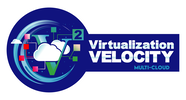
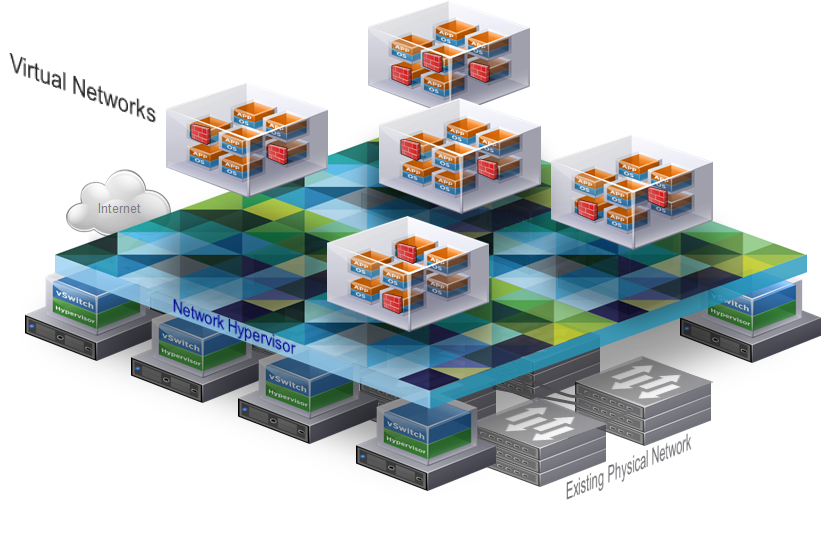

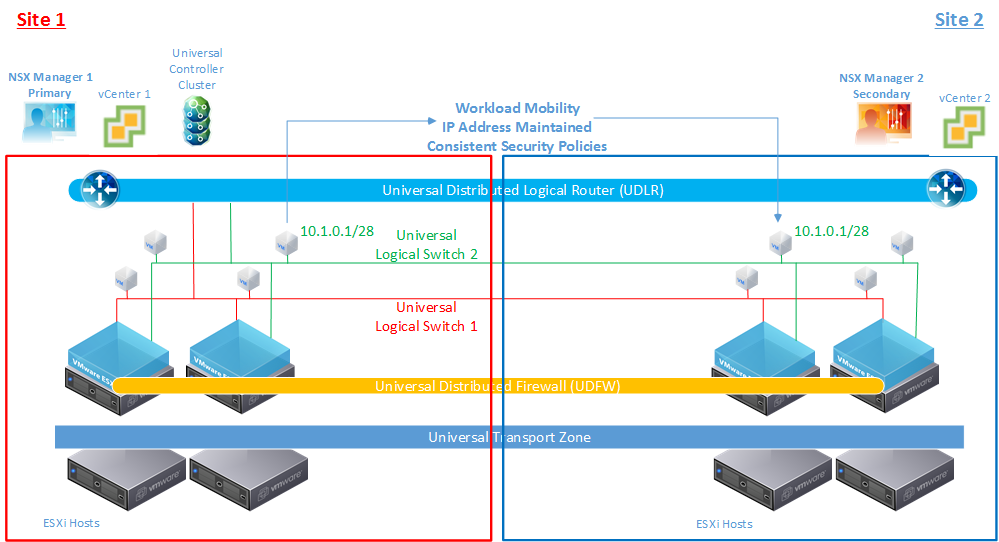
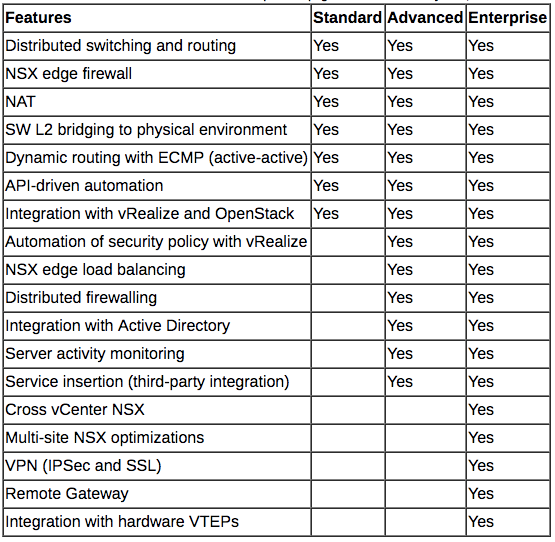
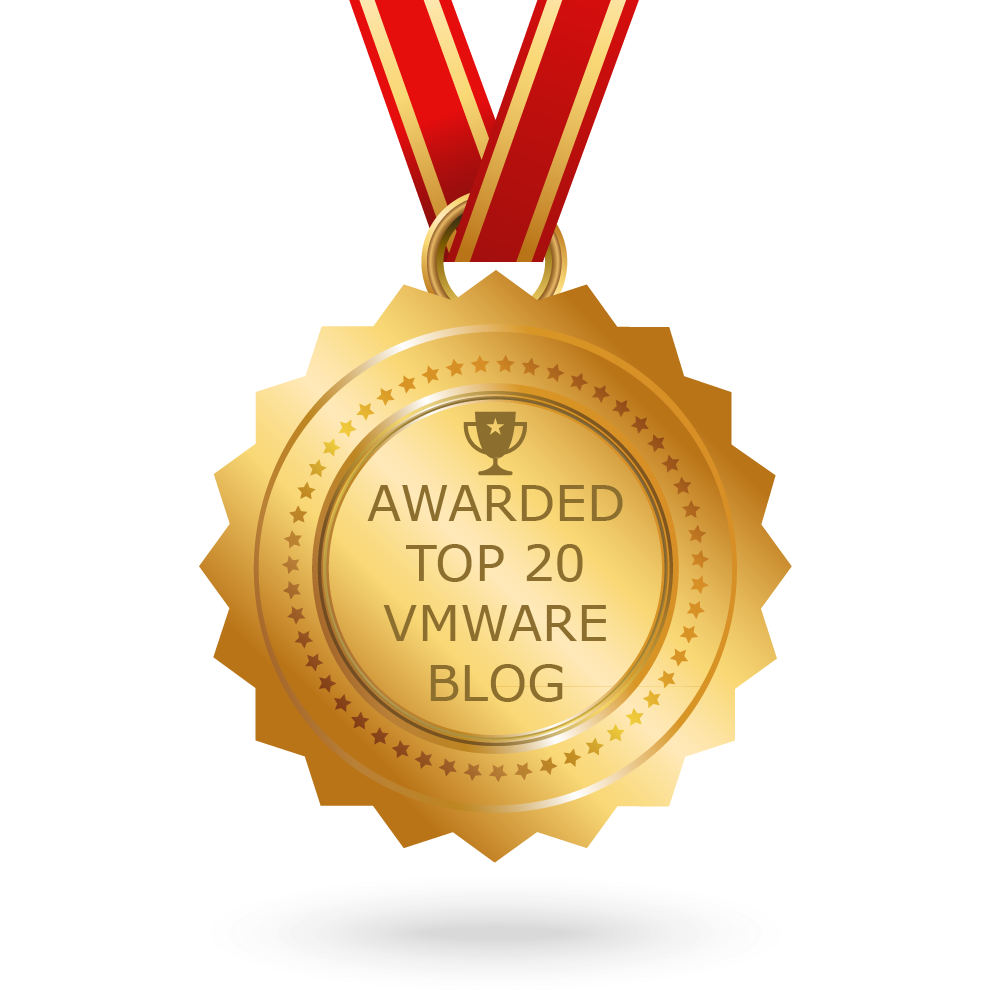
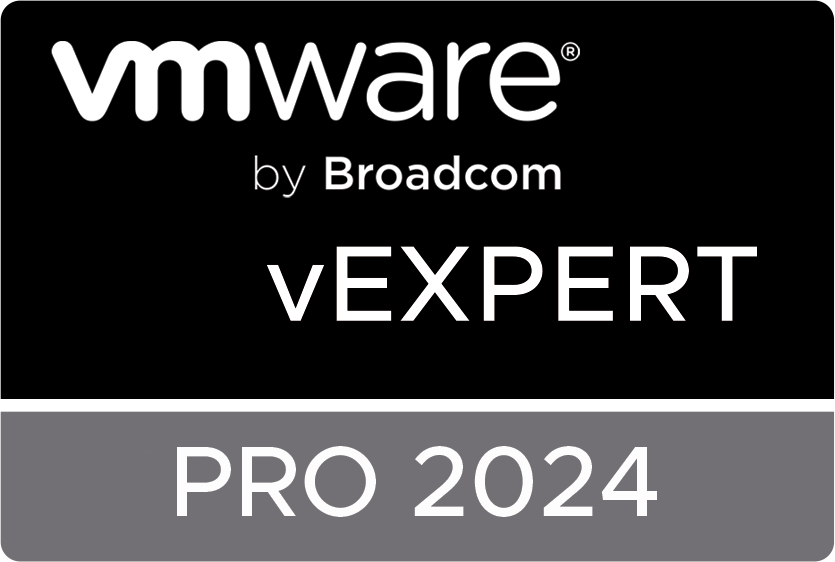


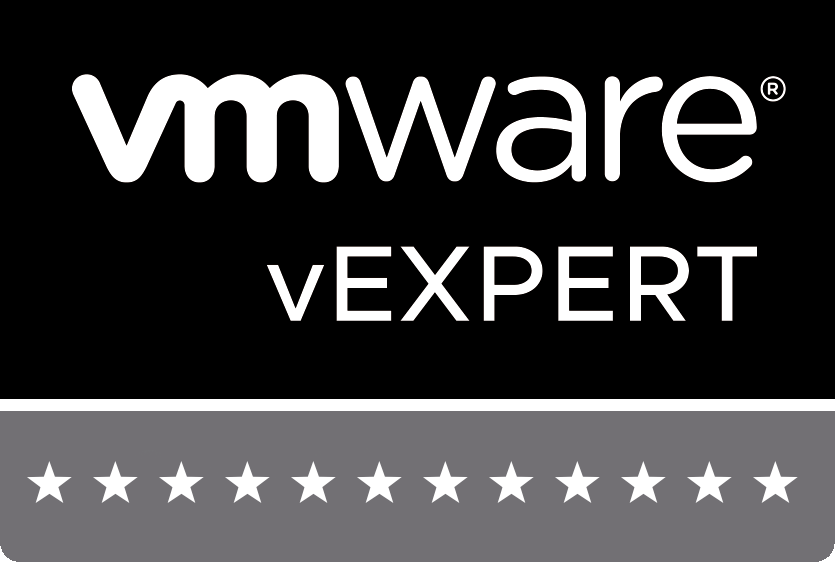
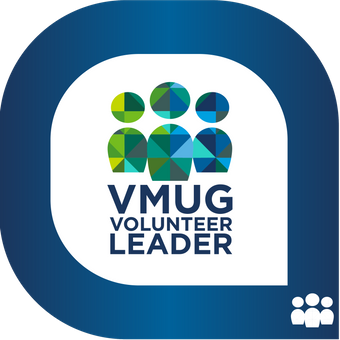

 RSS Feed
RSS Feed